Growth in Nutritional Supplements
The health and wellness trend is driving an increase in the consumption of nutritional supplements, particularly those containing magnesium compounds. Magnesium is recognized for its essential role in various bodily functions, including muscle and nerve function, and is often included in dietary supplements. The Magnesium Compound Market is likely to see substantial growth as consumers become more health-conscious and seek out products that support their well-being. In 2025, the market for magnesium supplements is expected to expand significantly, reflecting a broader trend towards preventive healthcare and natural products. This growth is further supported by increasing awareness of magnesium deficiency and its associated health risks.
Expansion in Aerospace Applications
The aerospace sector is witnessing a growing adoption of magnesium compounds due to their favorable strength-to-weight ratio. This characteristic is particularly advantageous in aircraft manufacturing, where reducing weight can lead to improved fuel efficiency and performance. The Magnesium Compound Market is likely to benefit from this trend, as aerospace manufacturers increasingly incorporate magnesium alloys into their designs. In recent years, the market for magnesium in aerospace applications has shown a steady growth rate, with projections indicating a continued upward trajectory. This expansion is expected to be fueled by advancements in aerospace technology and the increasing focus on sustainable aviation solutions.
Increasing Demand in Automotive Sector
The automotive industry is experiencing a notable shift towards lightweight materials to enhance fuel efficiency and reduce emissions. Magnesium compounds are increasingly utilized in the production of automotive components due to their lightweight properties. This trend is expected to drive the Magnesium Compound Market as manufacturers seek to comply with stringent environmental regulations. In 2025, the demand for magnesium alloys in automotive applications is projected to grow significantly, potentially reaching a market value of several billion dollars. As electric vehicles gain traction, the need for lightweight materials becomes even more critical, further propelling the Magnesium Compound Market.
Advancements in Manufacturing Technologies
Innovations in manufacturing technologies are playing a crucial role in enhancing the production efficiency of magnesium compounds. Techniques such as advanced casting and alloying processes are being developed to improve the quality and performance of magnesium products. The Magnesium Compound Market stands to gain from these advancements, as they enable manufacturers to produce higher-quality materials at lower costs. This could lead to increased adoption of magnesium compounds across various industries, including automotive, aerospace, and construction. As manufacturing processes continue to evolve, the potential for growth in the Magnesium Compound Market appears promising, with opportunities for new applications and improved product offerings.
Rising Demand for Energy Storage Solutions
As the world shifts towards renewable energy sources, the demand for efficient energy storage solutions is on the rise. Magnesium compounds are being explored for their potential in battery technologies, particularly in magnesium-ion batteries. These batteries offer several advantages, including higher energy density and lower environmental impact compared to traditional lithium-ion batteries. The Magnesium Compound Market is poised to benefit from this trend, as research and development in this area continue to advance. With the energy storage market projected to grow exponentially in the coming years, the incorporation of magnesium compounds could play a pivotal role in shaping the future of energy solutions.


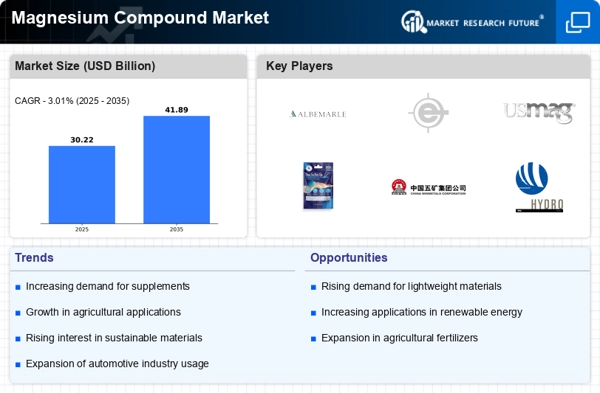

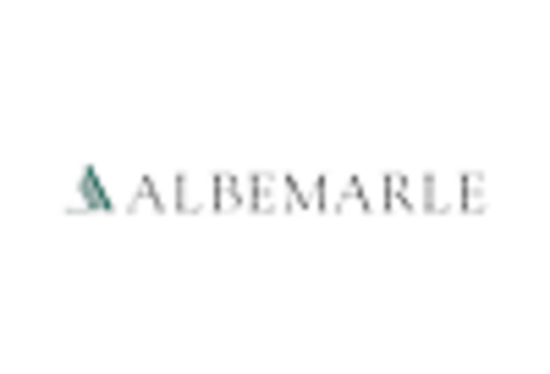
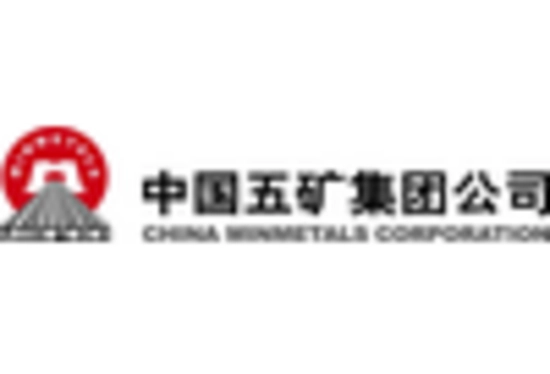
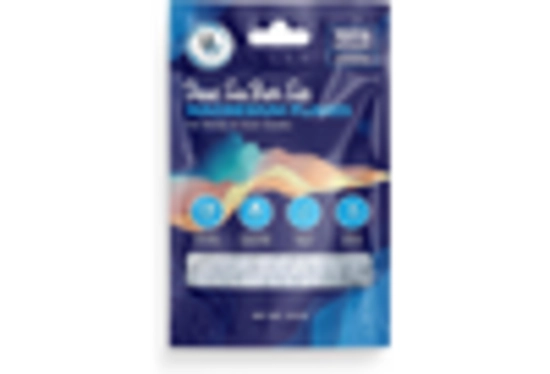
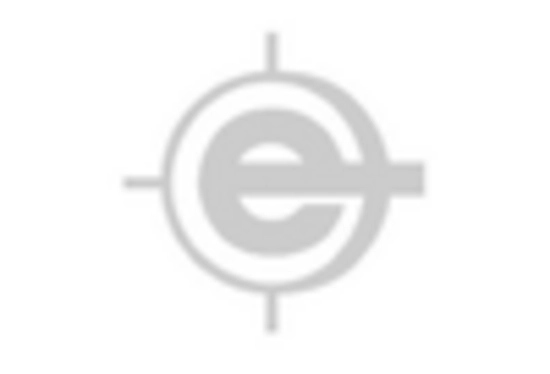
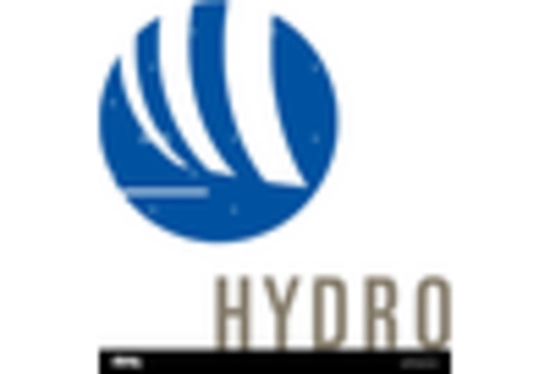
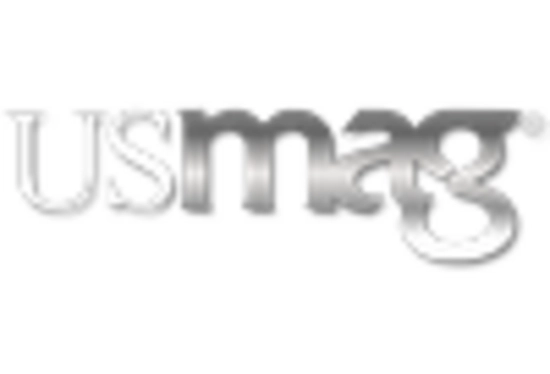








Leave a Comment